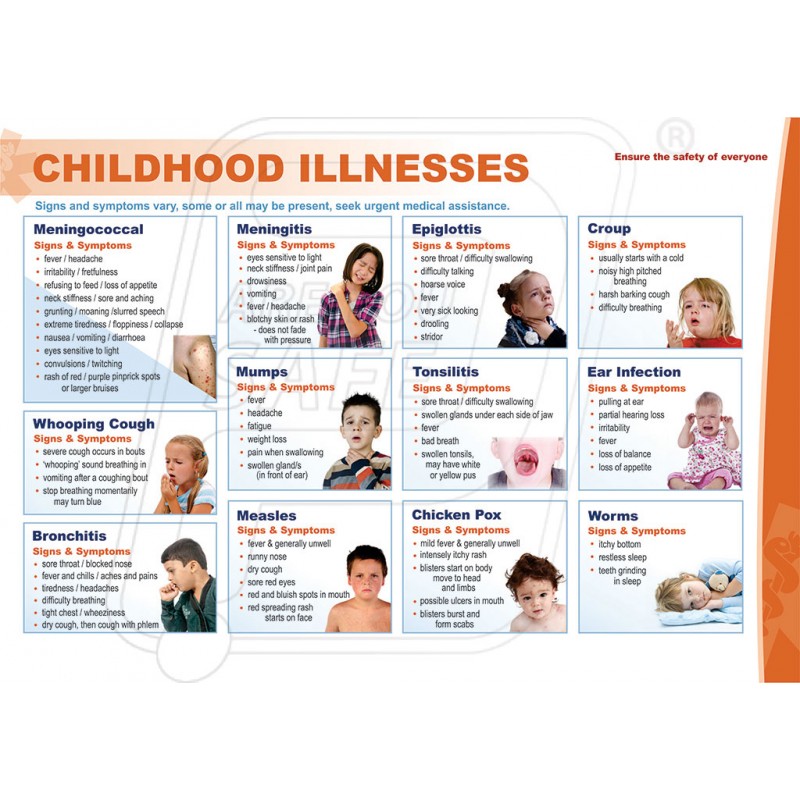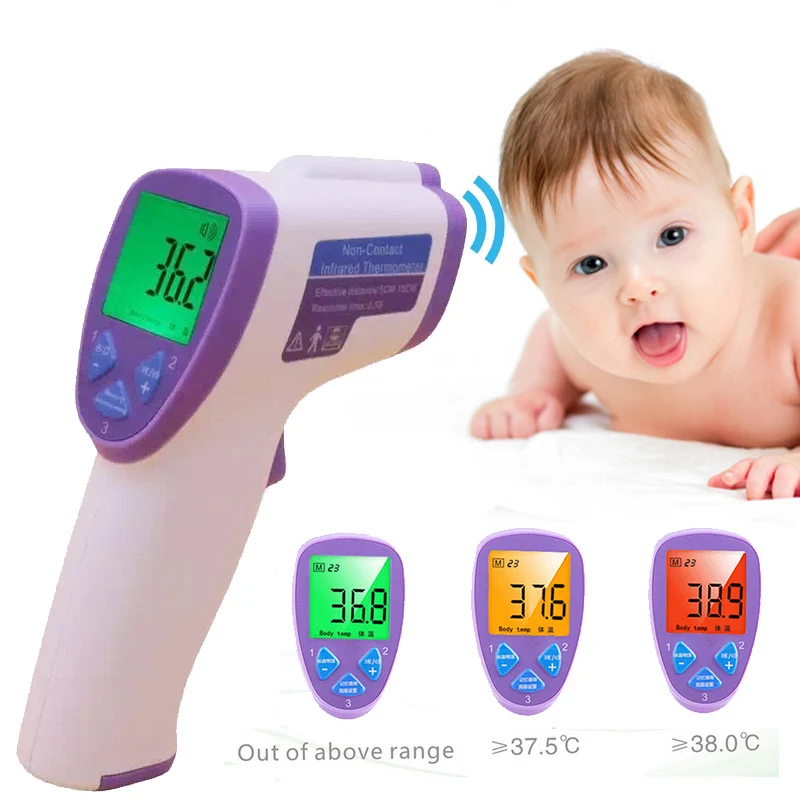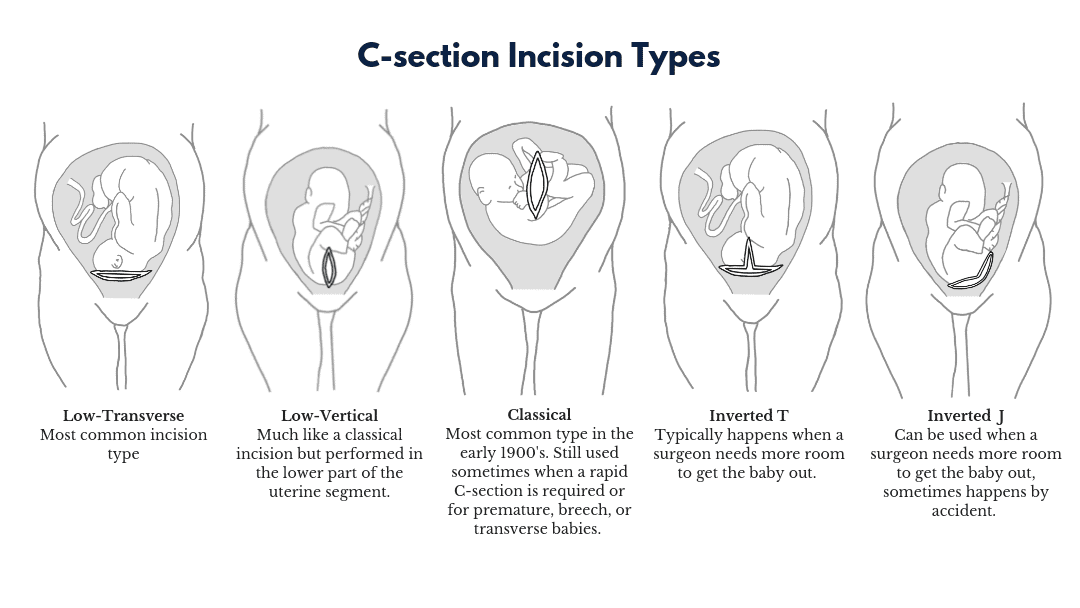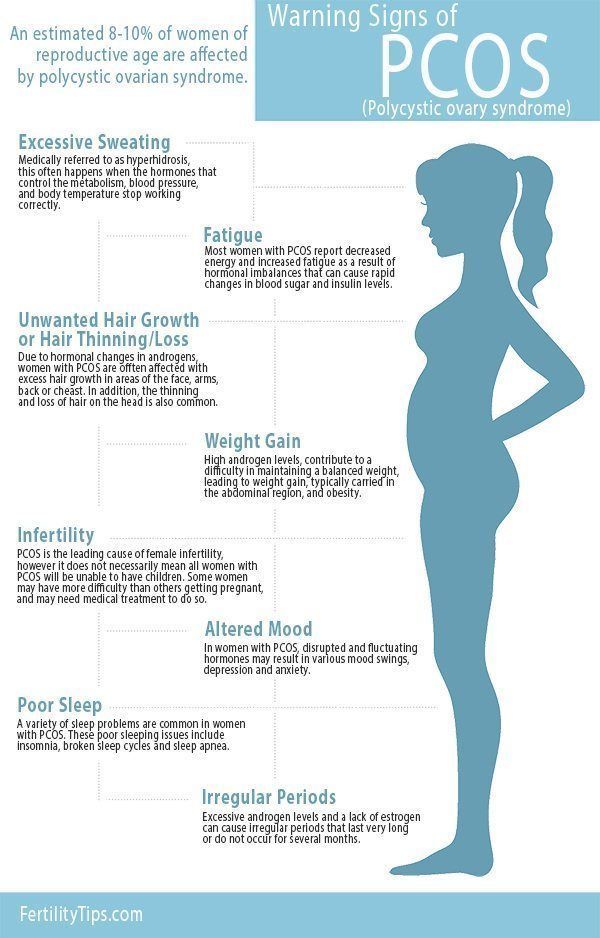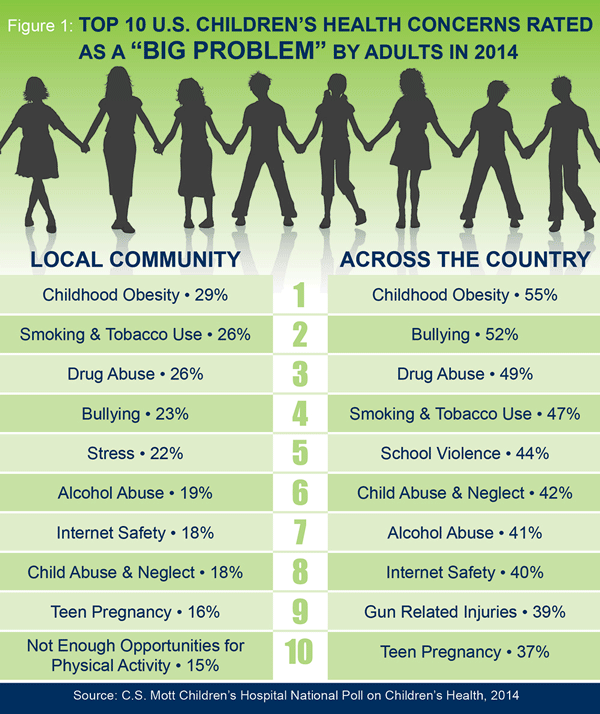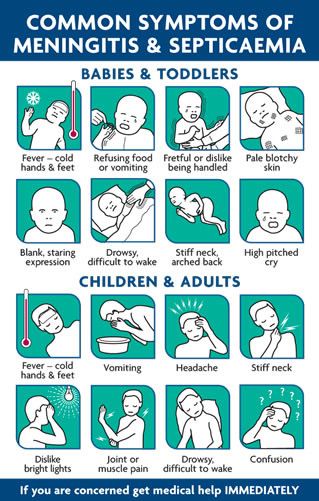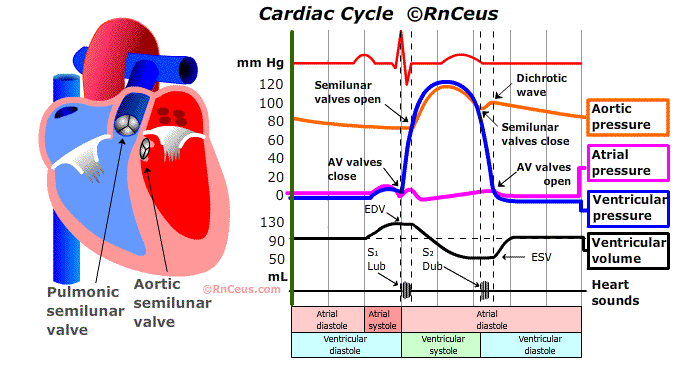Rash in toddlers without fever
Viral rash in toddler with no fever: Diagnosis, types, and treatments
Toddlers can develop a rash as a result of a viral infection. Although fever is a common symptom of viral infections, not all toddlers with a viral rash also experience fever.
In this article, we discuss the causes, symptoms, and treatment of a viral rash with no fever in toddlers.
Toddlers can develop a rash as a result of a viral infection. The exact type of rash depends on the underlying cause. Below, we look at a few common viral rashes that occur in toddlers.
Roseola
Roseola, or sixth disease, is a viral infection resulting from human herpesvirus 6 (HHV-6). This condition is most common in infants and toddlers under 2 years of age.
Roseola causes a high fever of about 104°F (40°C) for 3–5 days. Once the fever drops, a distinctive rash appears on the torso. The rash contains raised bumps that may feel itchy or painful, and it may spread to the arms, neck, or face.
Other symptoms of roseola include:
- fatigue
- a headache
- irritability
- upset stomach
- diarrhea
- a cough
- inflammation of the eye
Treatment
There is no specific treatment or vaccine available for roseola. People can prevent the spread of roseola and HHV-6-related disease by:
- avoiding contact with people who have an HHV-6 infection
- keeping their child home when sick
- washing the hands thoroughly after interacting with a person who is sick
- washing bedding, clothing, and other items that the person came into contact with while sick
Over-the-counter (OTC) pain relievers, such as ibuprofen, may help reduce a high fever. Treatment for a roseola rash usually involves bed rest and sufficient fluid intake.
Although most toddlers fully recover from roseola within 1–2 weeks, HHV-6 infections present some risk for complications, such as:
- encephalitis
- myocarditis
- hepatitis
- Guillain-Barré syndrome
- muscle damage
- low platelet count
Hand, foot, and mouth disease
Hand, foot, and mouth disease (HFMD) occurs due to human enteroviruses (EV), most commonly coxsackievirus A16. HFMD typically affects infants and children younger than 5 years of age.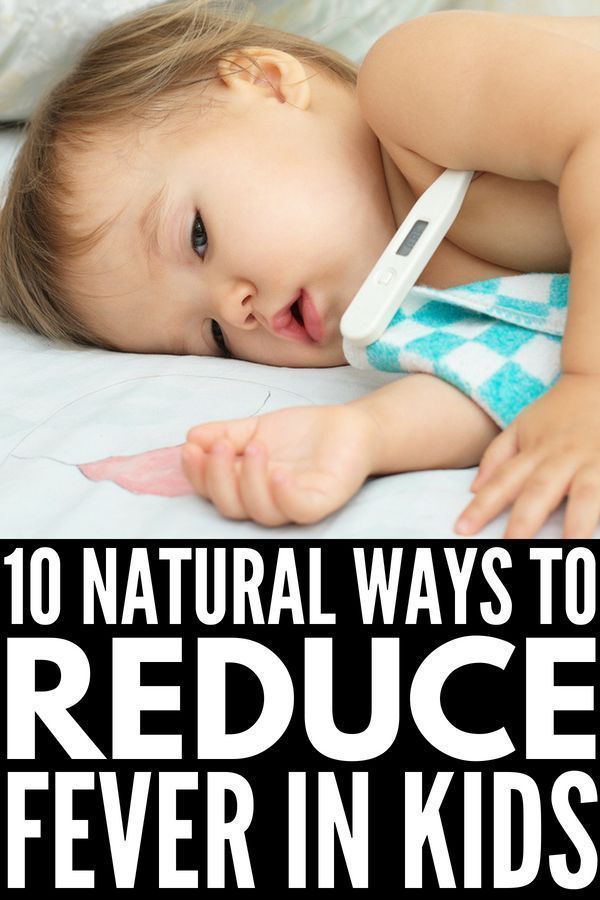 However, adults can have HFMD if they did not have exposure to the viruses that cause it during childhood.
However, adults can have HFMD if they did not have exposure to the viruses that cause it during childhood.
Although HFMD leads to fever in roughly 90% of people, a low percentage of children have no fever or accompanying symptoms.
HFMD typically causes an itchy rash on the hands, feet, and lining of the mouth and throat. The rash can consist of flat or raised bumps.
Toddlers with HFMD may exhibit:
- flu-like symptoms
- refusal to drink or eat
- excessive drooling
- severe fatigue
- irritability
Symptoms of HFMD usually resolve within 7–10 days.
Treatment
As with other viral infections, HFMD clears up on its own without medical treatment. However, people with HFMD should get plenty of rest and drink clear fluids to prevent dehydration. OTC pain medications can help reduce fever and relieve pain.
Rubella
Rubella is a contagious viral infection that affects children and adults. Rubella causes mild or unnoticeable symptoms in children.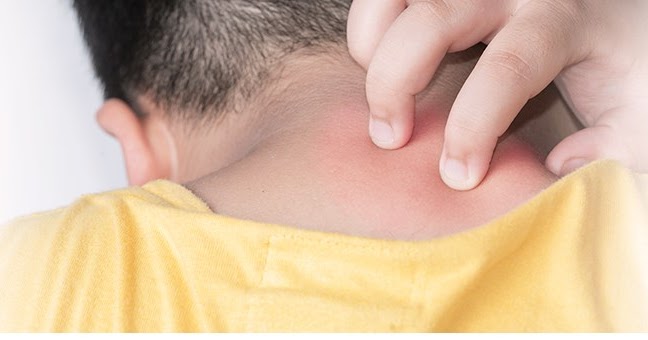 According to the Centers for Disease Control and Prevention (CDC), a red rash is often the first noticeable indication of rubella.
According to the Centers for Disease Control and Prevention (CDC), a red rash is often the first noticeable indication of rubella.
An estimated 50–80% of people with rubella develop a rash. A rubella rash starts on the face and neck, but it can spread to the chest, torso, and other areas of the body.
Rubella symptoms usually appear within 2–3 weeks of the initial infection. While some children develop a rash without additional symptoms, others may experience mild-to-moderate symptoms a few days before the rash appears.
Symptoms of rubella include:
- a headache
- redness or swelling of the whites of the eye
- physical discomfort
- a cough
- a runny nose
- swollen lymph nodes
- low grade fever
Treatment
There is no specific treatment for rubella, but the symptoms usually resolve once the immune system gets the viral infection under control. Bed rest and OTC medications can help alleviate headaches and fever.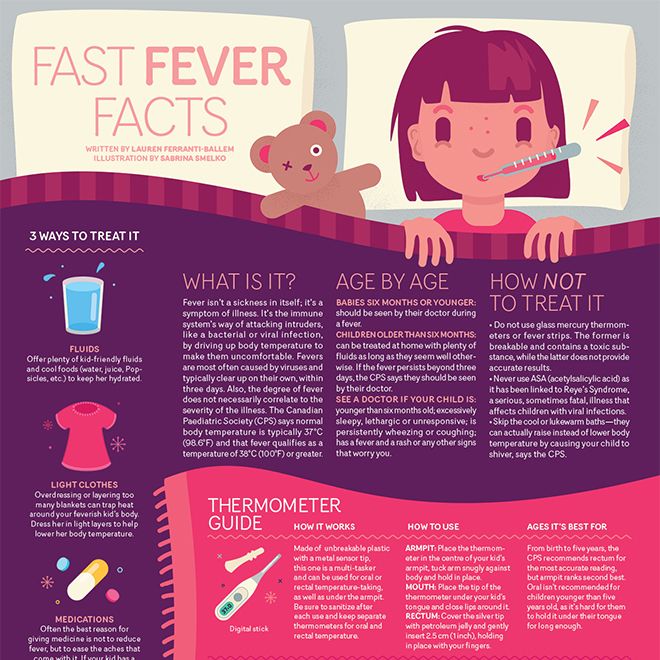
Fifth disease
Fifth disease is a rash that results from a parvovirus B19 infection. It is more common in children than adults.
Fifth disease causes a bright red rash on the cheeks, which may be less apparent in people with darker skin. The rash may appear on other areas of the body, including the:
- arms
- legs
- back
- chest
- buttocks
Some people only develop the rash, while others experience other mild symptoms, such as:
- a headache
- fatigue
- a runny nose or congestion
- painful or swollen joints
- low grade fever
Treatment
Fifth disease typically clears up on its own. However, OTC anti-inflammatory drugs may help relieve joint pain and swelling.
Parents or caregivers should take a toddler to a doctor if they develop a skin rash alongside severe symptoms, such as:
- high fever
- vomiting
- a severe or intense headache
- a refusal to eat or drink
It is also important to seek medical attention if an infant or toddler under 6 months of age develops a new rash.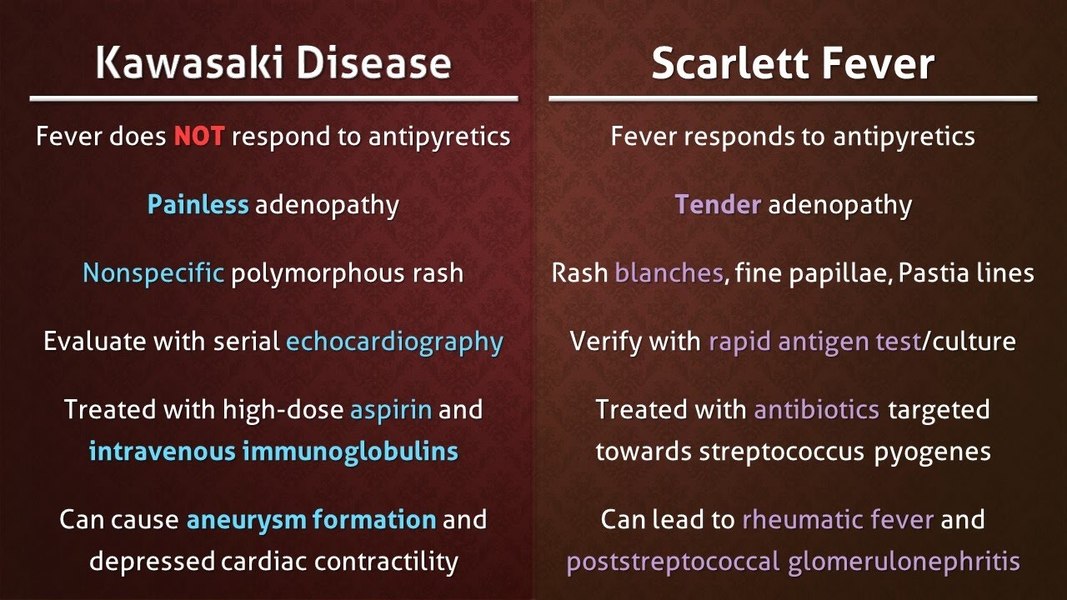
Toddlers and young children often develop viral rashes as their immune system continues developing. Most causes of viral rashes without fever are not serious and resolve within a few days to a week.
Parents or caregivers should consult a healthcare professional if a toddler has a rash that lasts longer than a week or if they develop new or worsening symptoms.
Viral rash baby: Pictures, types, and diagnosis
When it comes to a viral rash in a baby, there are many potential causes.
This article will cover some of the most common causes and when to seek emergency medical attention for a viral rash in a baby.
Causes of rashes in babies can include bacterial, viral, and fungal infections or reactions to medications, soaps, cleaning products, or environmental triggers.
Learn about some common rashes in babies here.
According to the American Family Physician (AFP), viral rashes are usually not as itchy as other rash causes, such as tinea capitis (fungal) or atopic dermatitis (eczema).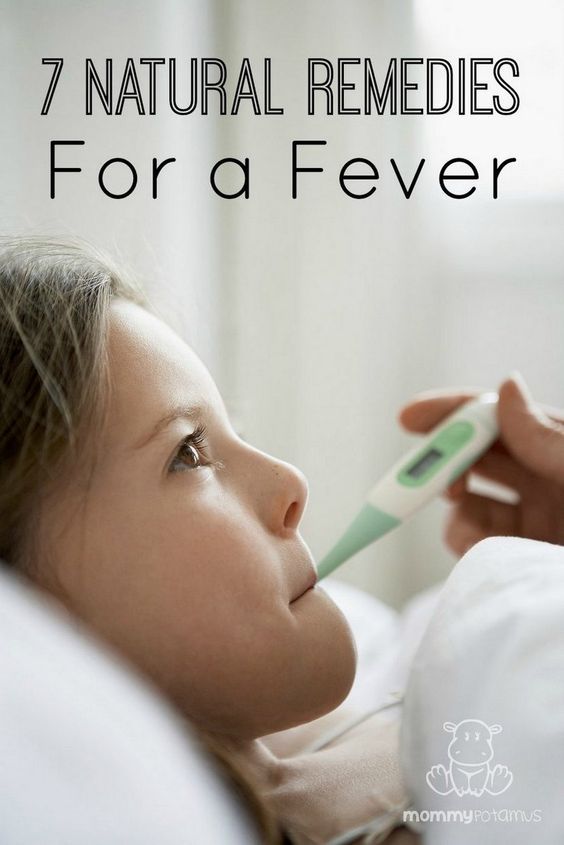
Learn more about viral rashes that can affect both adults and children here.
Examples of some viral rashes that can affect babies include:
Fifth disease
Fifth disease is a viral illness that causes a rash. It is also known as erythema infectiosum and ‘slapped cheek disease.’ According to the Centers for Disease Control and Prevention (CDC), parvovirus B19 causes the condition. It can affect adults but is more common in children.
Fifth disease symptoms include:
- distinct “slapped cheek” rash that causes color changes to a child’s cheeks
- fever
- a headache
- rash that spreads to the arms, back, buttocks, chest, and legs.
- runny nose
The condition usually causes mild symptoms and lasts anywhere from 7–10 days. Fifth disease rashes may have a “lacy” appearance.
Learn more about fifth disease here.
Measles (rubeola)
Measles is a highly contagious virus that can cause serious complications in babies. Measles symptoms include:
Measles symptoms include:
- a cough
- a fever that may be higher than 104°F
- red, blotchy rash that usually starts on the face about 3–5 days after symptoms begin
- runny nose
- watery, red eyes
A vaccine is available for the measles virus, but doctors do not usually administer it to those younger than 12 months old. However, if a person is traveling overseas (where fewer people may have received the measles vaccine), a doctor may recommend a baby aged 6–11 months has one dose of the MMR vaccine.
Learn more about measles here.
Roseola
According to AFP, roseola infantum is a viral rash that is common in infants. Some of the key symptoms include:
- a rash that starts in the trunk and may spread to the legs and arms
- a high fever that exceeds 102°F may occur before the rash
- a non-itchy rash
- small to large slightly raised bumps
A roseola rash can often resemble measles in appearance but does not usually start on the face as a measles rash does. Also, an infant with a roseola rash does not usually appear ill, unlike with measles. A roseola rash usually lasts 1–2 days.
Also, an infant with a roseola rash does not usually appear ill, unlike with measles. A roseola rash usually lasts 1–2 days.
Learn more about roseola rash here.
Rubella
Also known as the German measles, rubella is a viral illness that causes a mild fever (usually less than 101°F) and a rash. Babies also may have the following symptoms:
- a cough
- eye redness
- runny nose
The virus does not usually cause serious symptoms,. However, the CDC indicate that some babies could experience bleeding problems or brain infections, although this is rare.
A vaccine is available for rubella, and doctors usually administer it in combination with the measles and mumps vaccine. It’s known as the MMR vaccine.
Learn more about rubella here.
Chickenpox
The varicella-zoster virus causes chickenpox, a condition that can lead to an itchy, blistery rash. A baby will often experience other symptoms before developing the rash.
Symptoms may include:
- appetite loss
- fatigue
- fever
Chickenpox can have severe side effects in babies, and they are at higher risk for complications.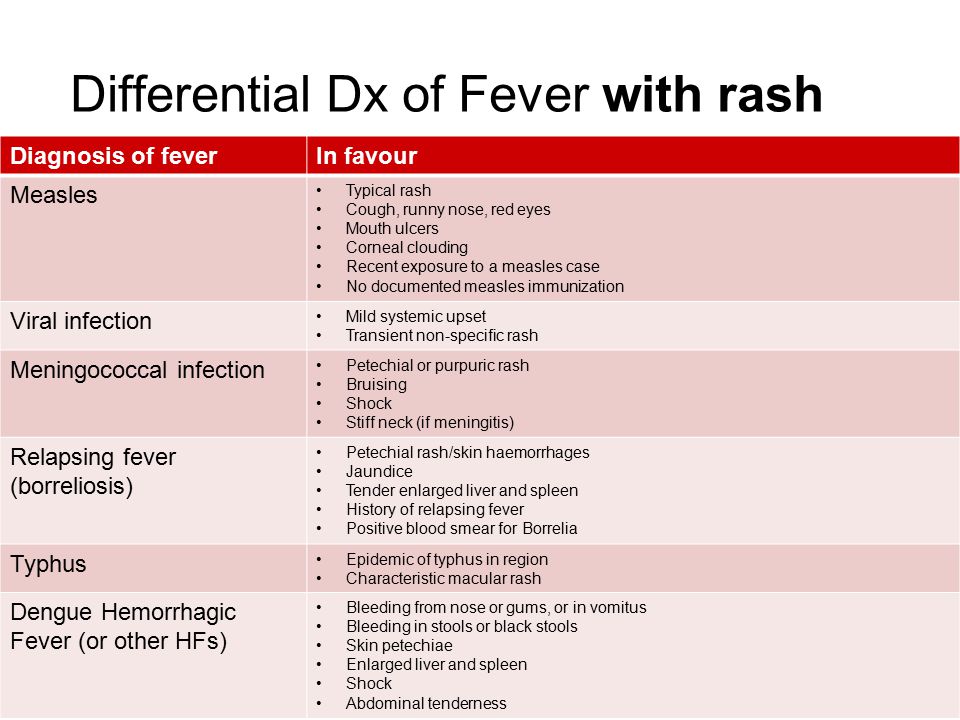 These include pneumonia, other serious infections, and dehydration.
These include pneumonia, other serious infections, and dehydration.
A vaccine is available for chickenpox, but most babies do not receive the shot until they are 12–15 months old.
Learn more about chickenpox in babies here.
The doctor will also ask a parent or caregiver about a baby’s symptoms and use these along with a visual examination to make a diagnosis.
Some questions a doctor may ask include:
- How long has the baby had the rash?
- Where did the rash first appear?
- What have you used to treat the rash?
- Have other members of the household had a similar rash?
Many viral rashes appear on both sides of the body, often the back, chest, and stomach areas.
While vaccines are available for many of these viruses, doctors do not usually give the shots until babies are about 12 months old or more. As a result, parents and caregivers must protect babies from others who are sick and wash their hands frequently.
There are no cures for viral illnesses.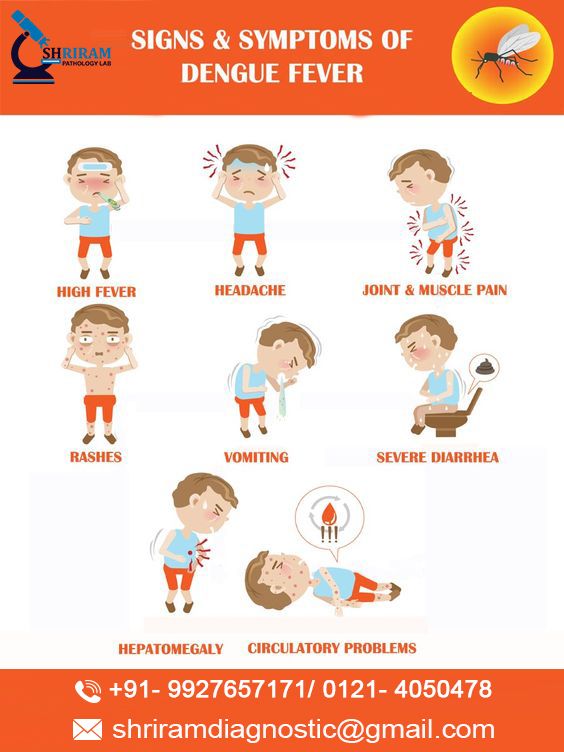 Medications, such as antibiotics, will not treat the virus or make it go away. Treatments involve supporting the baby and include the following:
Medications, such as antibiotics, will not treat the virus or make it go away. Treatments involve supporting the baby and include the following:
- Bathing a child in lukewarm or cool water if they have a fever can help. Use mild soap and avoid rubbing the skin dry.
- Giving the baby a pain reliever, such as acetaminophen, might help ease symptoms. However, a caregiver may wish to call their child’s pediatrician to determine the appropriate dosage given a baby’s age and weight. A baby or anyone under age 18 should never take aspirin unless directed by their healthcare provider.
- Encouraging the baby to feed frequently to help prevent dehydration. A caregiver may wish to call their child’s pediatrician to determine if they need oral rehydration solutions.
- Covering the rash with soft, loose-fitting clothes might help reduce irritation.
- Encouraging the baby to take frequent naps and engaging in gentle play when the baby is awake can help distract them.
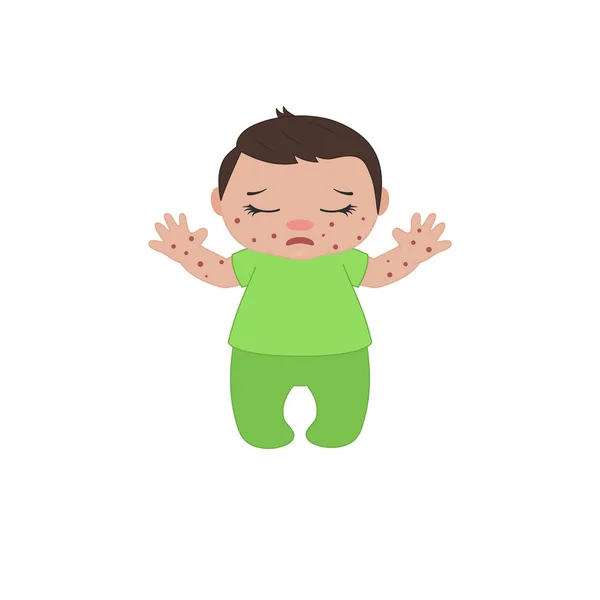
Most viral rashes will go away with supportive treatments at home. However, there are times when a parent or caregiver should seek emergency medical attention. This includes:
- when a baby is having problems breathing
- when a baby is breathing much faster than normal
- when petechiae (small, purple or red dots that indicate bleeding into the skin) or purpura (large, purple or red spots) accompany the rash and do not fade when pressed
Call the baby’s doctor if the baby appears dehydrated (few to no wet diapers over several hours), or their fever exceeds 101.5°F. Their doctor may give the caregiver further instructions, including whether they should come to the doctor’s office.
Viral rashes can be common in babies. Because babies do not typically receive immunizations against many of the conditions that cause the rashes, prevention is the best medicine.
Washing hands frequently, keeping surfaces clean, and keeping a baby away from sick individuals can help.
If a caregiver is worried about a baby’s rash or symptoms, they should contact their child’s pediatrician.
Rash in a child on the body, legs, back
We treat children according to the principles of evidence-based medicine: we choose only those diagnostic and treatment methods that have proven their effectiveness. We will never prescribe unnecessary examinations and medicines!
Make an appointment via WhatsApp
Prices Doctors
The first children's clinic of evidence-based medicine in Moscow
No unnecessary examinations and medicines! We will prescribe only what has proven effective and will help your child.
Treatment according to world standards
We treat children with the same quality as in the best medical centers in the world.
The best team of doctors in Fantasy!
Pediatricians and subspecialists Fantasy - highly experienced doctors, members of professional societies. Doctors constantly improve their qualifications, undergo internships abroad.
Ultimate treatment safety
We made pediatric medicine safe! All our staff work according to the most stringent international standards JCI
We have fun, like visiting best friends
Game room, cheerful animator, gifts after the reception. We try to make friends with the child and do everything to make the little patient feel comfortable with us.
You can make an appointment by calling or by filling out the form on the website
Other Pediatric services
- Pediatrician's consultation
- Child Health Management Program
Frequent calls
- Acute bronchiolitis in children: diagnosis and treatment
- SARS
- Angina streptococcal tonsillitis
- Frequently ill child
- Intestinal infections
- Pneumonia (pneumonia) in children
- Colic
- Feeding problems
- Prolonged cough in a child: diagnosis and treatment
- Acute bronchitis in children: diagnosis and treatment
- Pneumonia (pneumonia) in children: diagnosis and treatment
- False croup in a child
- Coxsackie virus in a child
- The child was bitten by a tick! What to do?
Online payment
Documents online
Online services
why it appears and what to do about it
Published:
A baby's skin rash is an indicator of a disorder in the baby's body.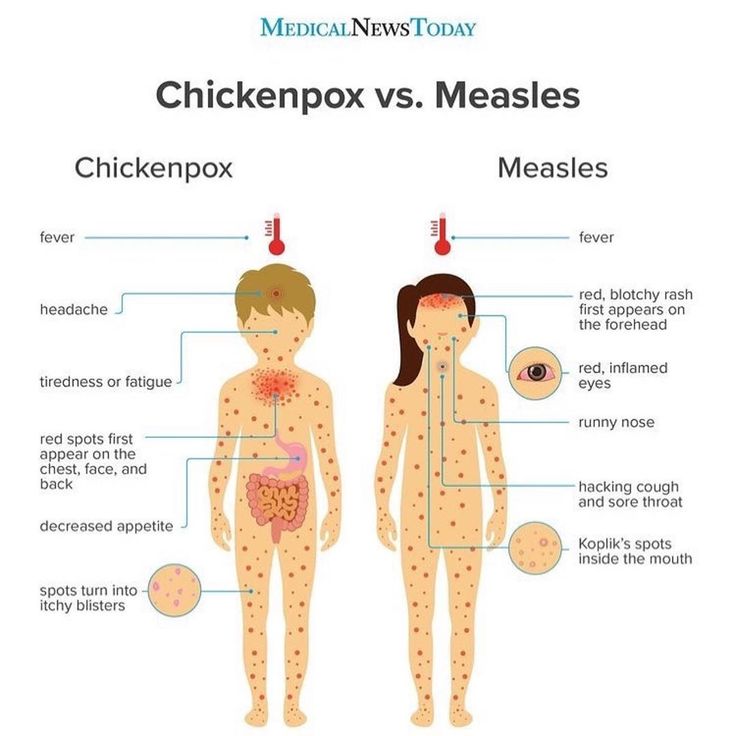 Rashes with fever are often considered as a symptom of an infectious disease, a rash without fever can be triggered by other factors. To correctly identify the cause and deal with the problem faster, take the advice of Debra Jaliman, M.D. and Mia Armstrong.
Rashes with fever are often considered as a symptom of an infectious disease, a rash without fever can be triggered by other factors. To correctly identify the cause and deal with the problem faster, take the advice of Debra Jaliman, M.D. and Mia Armstrong.
We have launched a newsletter for pregnant women. Subscribe to receive regular information relevant to your term.
What diseases do children with rashes have? Rash can be caused by allergies, atopic dermatitis, ringworm, measles, scarlet fever, hives, chicken pox, eczema, and many other conditions. Serious cases requiring medical treatment are usually accompanied by high fever, itching, weakness, restlessness, loss of appetite, and other symptoms of intoxication.
What type of rash does a child have without fever? It can be an allergic rash, prickly heat, ringworm, hives, eczema and other causes.
Ringworm
Caused by a fungus and starts as a red scaly patch or bump. Then a distinct itchy red ring appears.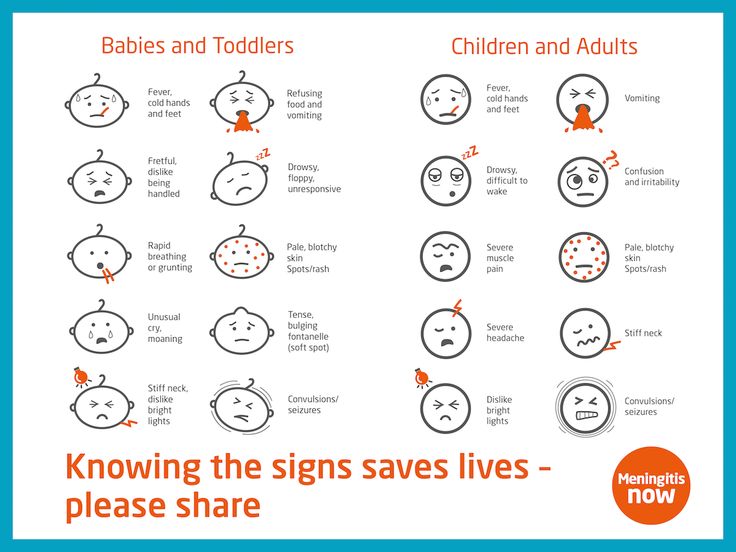 The ring has raised, blistered, or scaly borders, explains Debra Jaliman, MD. Ringworm is transmitted through skin-to-skin contact with a person or animal. Children can get it by using other people's towels or sports equipment. It is treated mainly with antifungal creams.
The ring has raised, blistered, or scaly borders, explains Debra Jaliman, MD. Ringworm is transmitted through skin-to-skin contact with a person or animal. Children can get it by using other people's towels or sports equipment. It is treated mainly with antifungal creams.
Heat rash (heat rash)
Heat rash occurs when the child is hot and sweats. Accompanied by tingling or burning due to overheating, it itches a lot, but this is not dangerous. Some people call prickly heat diaper rash.
This rash looks like small red or pink pimples. The rash usually occurs on the head, neck and shoulders and in the natural folds of infants. The rash often appears when parents dress their child too warmly, warns Evan Starkman. Treatment consists in maintaining hygiene.
Contact dermatitis
Some children's skin reacts to touching food, soap or plants. The rash usually begins within 48 hours of skin contact with the allergen. Mild cases may cause mild redness or a rash of small red bumps.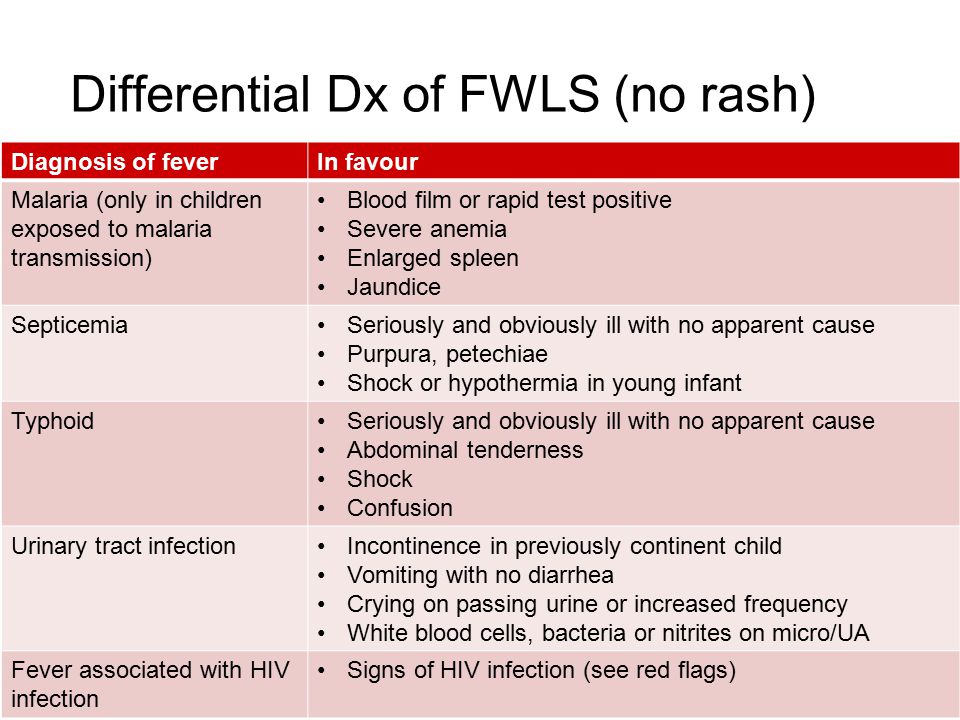 In severe cases, there is swelling, redness, and large blisters. This rash usually disappears after a week or two, but it can be treated with an anti-inflammatory hormone cream.
In severe cases, there is swelling, redness, and large blisters. This rash usually disappears after a week or two, but it can be treated with an anti-inflammatory hormone cream.
Eczema (atopic dermatitis)
Doctors don't know exactly what causes eczema. The most common type, atopic dermatitis, resembles an allergy. But skin irritation is not an allergic reaction, writes medical author Joseph Salling.
Watch for raised rash with dry skin and severe itching. As Jean Robinson writes, food allergies in children are associated with eczema. This increases the risk of complications in infants and brings discomfort to older children, so it is better to consult a doctor and use pharmacy products to improve skin condition.
Urticaria
Urticaria appears as itchy raised blisters on the skin. They are usually red, pink, or flesh-colored and sometimes cause pain, itching, and burning. In most cases, hives are caused by an allergic reaction to a drug, food, pollen, or insect stings, writes Kiara Anthony.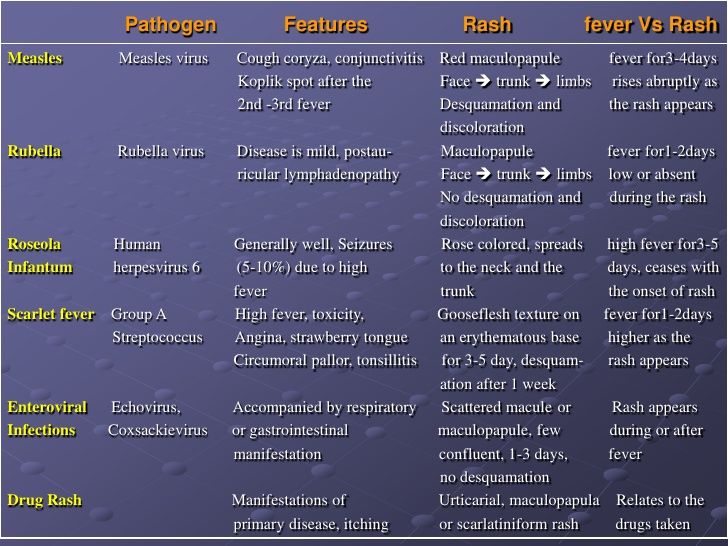 Urticaria is usually treated at home. But call the doctor if your child has swelling around their mouth or is having trouble breathing. The pediatrician will prescribe antihistamines.
Urticaria is usually treated at home. But call the doctor if your child has swelling around their mouth or is having trouble breathing. The pediatrician will prescribe antihistamines.
How can you tell an allergic rash from an infection? A rash in infectious diseases is accompanied by fever, weakness, muscle pain, loss of appetite. With allergies, in most cases, these symptoms are not observed, but itching is possible at the sites of rashes and redness around.
Baby scratching his neck: iStockPhotoNewborn acne
Baby acne usually appears 2-4 weeks after birth. Tiny red or white pimples appear on the child's cheeks, nose and forehead. The reason is unknown. Acne usually resolves on its own in about 3 to 4 months without leaving marks, writes Dr. Mia Armstrong. To get rid of baby acne faster, keep the baby's skin clean and do not use cosmetics.
Milia
Milia are small domed buds, usually white or yellow. They don't itch or hurt, but they can cause discomfort.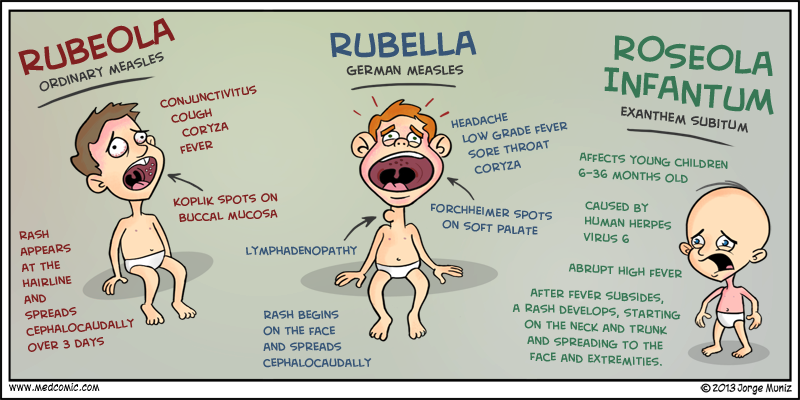 Rough sheets or clothing will irritate and redden the milia. Cysts are usually found on the face, lips, eyelids, and cheeks, less commonly elsewhere on the body.
Rough sheets or clothing will irritate and redden the milia. Cysts are usually found on the face, lips, eyelids, and cheeks, less commonly elsewhere on the body.
Unlike childhood acne, milia does not cause inflammation or swelling. Babies are usually born with milia, while baby acne doesn't appear until two to four weeks after birth, Trisha Kinman explains. Milia usually disappear within a few weeks.
Why does a rash appear on the abdomen and back of a child without fever? Rashes on the abdomen and back can occur due to an allergic reaction to food, household chemicals, materials, as well as due to poor hygiene and due to heat.
Rash without fever often occurs in children due to allergies, overheating, fungus, or no specific cause at all. Usually, rashes that are not accompanied by fever do not pose a danger to the health of the baby. However, in such cases, special skin care is required, and parents should monitor the condition of the rash. In case of deterioration, a doctor should be consulted.